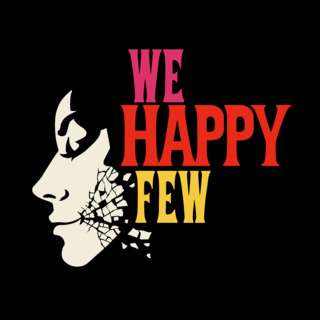Don't like reading? You can catch the video review right here.

Released on July 26 2016 as part of Steam’s Early Access, Xbox One Game Preview, and Good Old Games.com’s Games in Development, we have We Happy Few. Developed and Published by Compulsion Games on Unreal Engine 4, the game was also promoted on Kickstarter back in June 2015 which made $334,754 out of its $250,000 goal. At the moment the game is still in an Alpha state and the review is based off the first release which is Alpha version 27755. For transparency, I was provided with the opportunity to review this game through a review code that was sent to me.
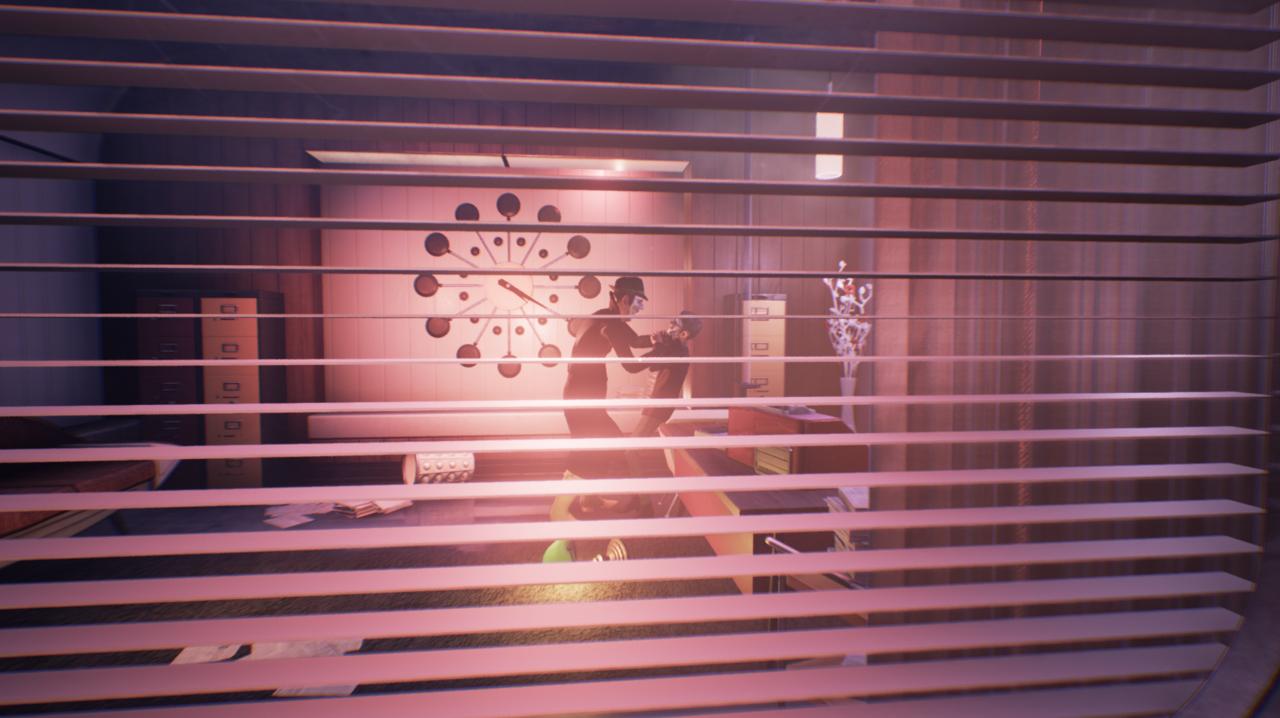
We Happy Few is set in a fictitious town called Wellington Wells based in England in 1964. A number of the inhabitants (appropriately named Wellies) take a drug known as ‘Joy’ which artificially brings about a state of happiness by repressing anything sad or unhappy. You begin in the shoes of Arthur Hastings who works as a clerk, censoring unhappy stories found in old newspapers. The game appears to take place in a parallel universe in which England was at war with the Soviet Union, with the outcome unclear. Arthur is temporarily brought back to his senses when he sees a newspaper article featuring himself and his brother and after being given a choice whether to take or reject his Joy pills and assuming you picked the latter, he comes to the realization that things aren’t what he expects them to be and after a short series of events involving a ‘piñata’ he is branded as a ‘downer’ and attacked by his co-workers and the police. After being incapacitated, he wakes up in the Garden District alongside others who have reacted poorly to Joy known as Wastrels. This is where the story related events end and the Alpha begins. From there the game becomes a survival game where Arthur must scavenge items to craft as well as manage his hunger, thirst and sleep levels as he tries to escape Wellington Wells. But, is the game any good? Find out in…
The Good
- Very attractive setting
- Crafting system
- Sidequest variety
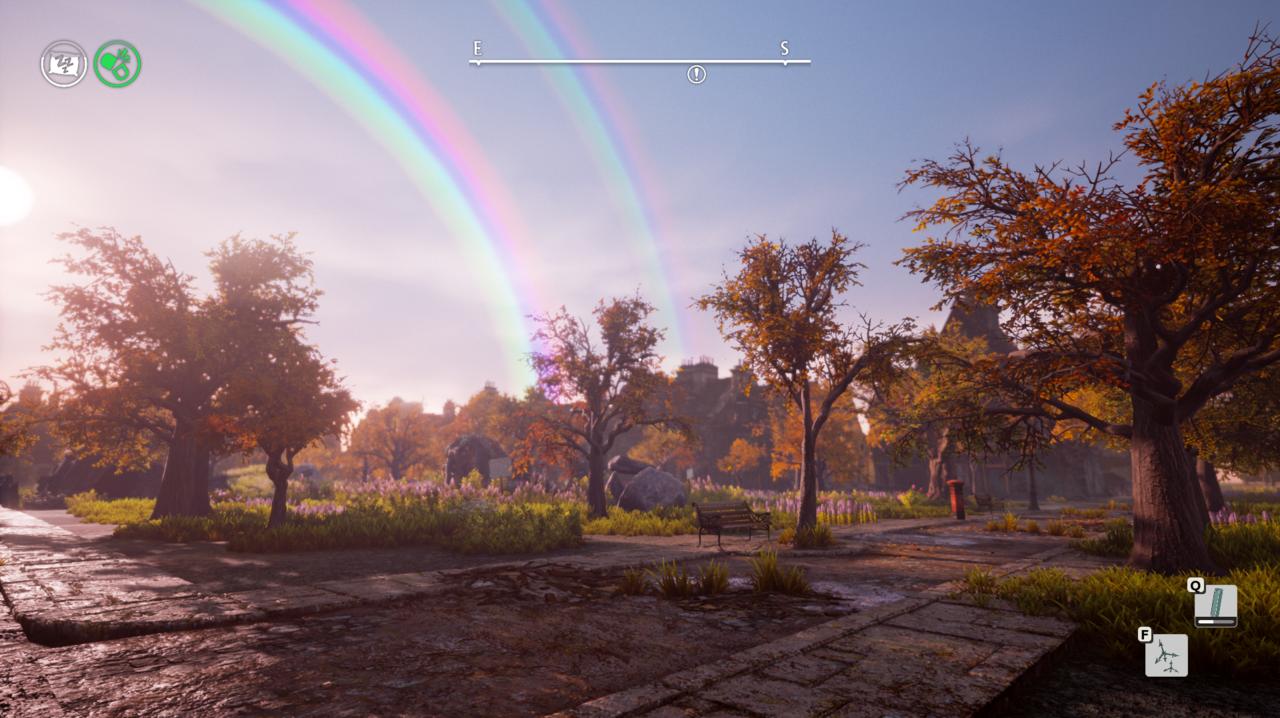
The game’s setting was one of the major factors that attracted me to the game. The whole dystopian 60’s setting combined with people under the illusion of being happy sounds like something out of the Twilight Zone and the game reflects the setting incredibly well. The detail in which Wastrels and Wellies act also all come down to clothing. The Wastrels are less suspicious of you if you’re wearing torn up clothes while the Wellies require you to wear nicer clothes. In the case of the Wellies, I also found that you do need to talk to some of them and avoid doing suspicious things like running around in order to fool them into believing that you’re still on Joy. Alternatively, you can also take Joy to remain undetected and to get past Joy sensors set up in some places. However too much Joy isn’t a good thing, especially once the effects wear off. It’s not recommended to be out at night when you’re in Wellie territory as well as Bobbies (Policemen) roam the streets at night and will attack you regardless of whether you’re on Joy or not. Also throughout the game are letters and notes which provide a little about the background as well to keep things interesting.
The crafting system is also another part of the game I enjoyed. In order to break into certain places, the player may have to craft items to aid them, such as lockpicks to bypass locked doors and chests as well as Jimmy Bars to pry open windows and rip boards covering entrances. You can also harvest plants to create things such as medicines or berries for the sake of eating. In order to progress, another item you need to craft is a padded suit so you can somehow obtain honey without being stung to death by bees. In order to collect said honey, you’re also required to have empty bottles in your inventory. While you can craft simple items in your menu, more complicated items and medicines do require a crafting bench in order to be made. In the Garden District, you’ll find said crafting table in a house nearby which requires you to trespass, but in other areas your hideout will be equipped with them for you to craft away.
I did also enjoy some of the sidequests as well. There was a good variety of them available that didn’t always require me to run off and fetch something. One of them required me to chase down someone and beat them up, another required me to defend a place from attackers at night and another was to simply pick up trash (which you can use to craft with). The variety of quests are welcome and kept me from being bored due to fetch quests. However, not everything in this game was good so with that, we move onto…
The Bad
- Player character gets hungry, thirsty and tired too quickly
- Getting the 'Plague' status early in the game, generally without the means to cure it
- Map issues
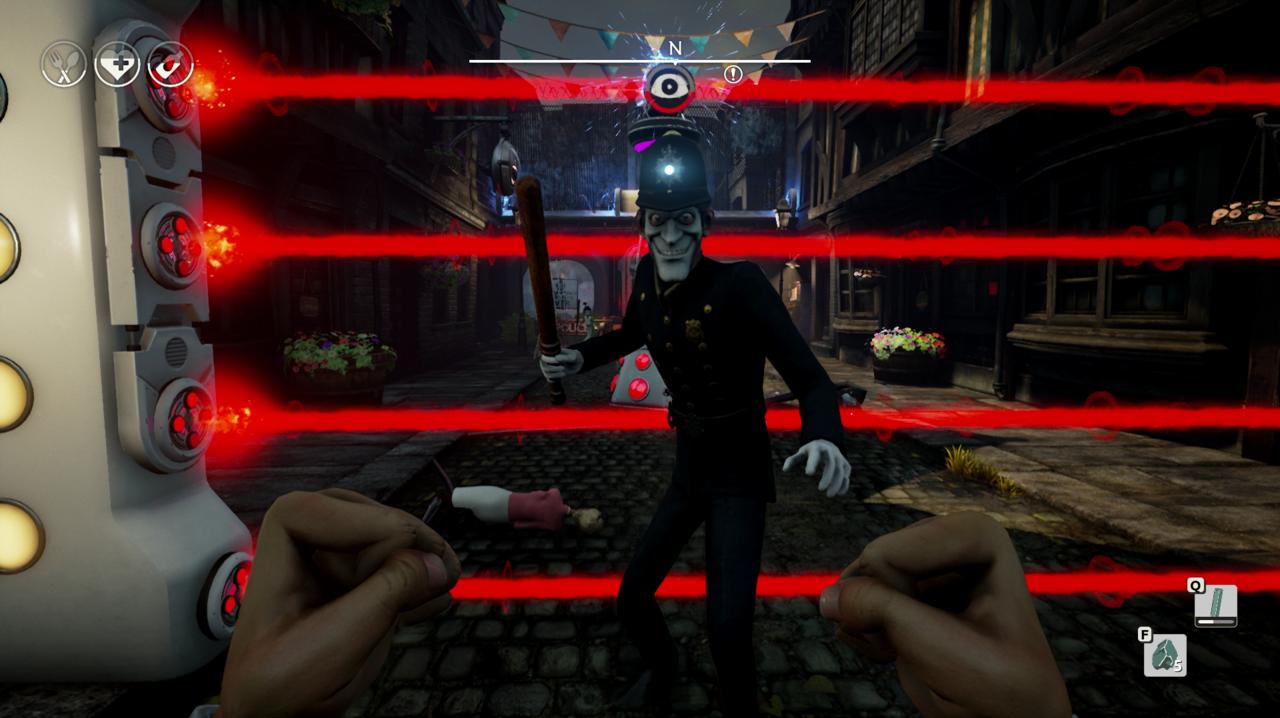
The game does have a number of things that you need to monitor in order to survive. The main 3 being hunger, thirst and tiredness. I personally felt that the player got too hungry and too thirsty too quickly and having to monitor how tired they were added to the frustration. It doesn’t help that 90% of the food you’ll find in the beginning, are stale or rotten which then also makes you feel unwell after eating them. Continue to do so and you’ll find yourself vomiting and having the hunger and thirst bar drop even quicker. This can be prevented by having certain pills on hand, providing you have them on hand. As you get more tired in game, your stamina drops making escaping from foes more difficult. The only way to replenish it is to go to sleep in a bed. However, sleeping does not prevent you from becoming hungry or thirsty and if they’re left unchecked you will die.
Another thing I wasn’t keen on was the ‘Plague’ status. Plague is a very dangerous condition to contract and will slowly kill you if you don’t cure yourself of it. I contracted it while completing a sidequest to remove items from some polluted water and because I did not have the means to cure it at the time it was curtains for me. Had I turned permadeath on, that would have been the end of my adventure and I would need to start again. Plague was the biggest threat to me in the game and getting infected before you had the means to cure it was a very frustrating feeling. Thankfully any infected characters will have a sickly yellow aura so you can avoid them. Doesn’t really help you if they decide to attack you.
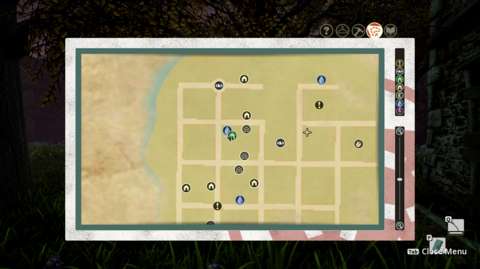
The lack of minimap or the ability to place markers was something I wasn’t too keen on. In order for me to get to certain places I was constantly checking my map to make sure I was going in the right direction. Checking the map does not pause the game either so if I was being chased, it’s not something I can do. Other issues I have with the map are the locations of dig spots. I found those were very hit and miss as some I have managed to find but other won’t let me dig up the area despite having the shovel to do so. It doesn’t help that places you’ve already dug up don’t disappear from the map. Other places of interest such as the Doll’s House I had to enter as part of a mission still remain as points of interest long after I’ve completed the mission. At least changing it to the same icon as a populated house would have been enough. Asides from that, I really don’t have much to contribute so let’s now give…
The Opinion
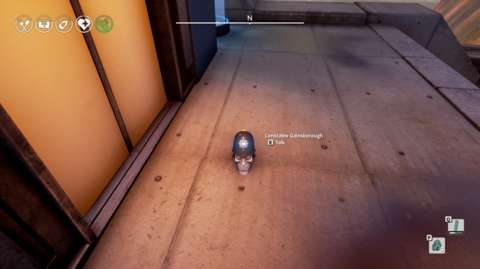
Mind you, We Happy Few is still in early access, but I’m quite impressed with what I’ve seen so far. The game shows a lot of promise and with features such as procedurally generated worlds and in game events, I’m sure that people will have a fair amount of fun as this game gets polished. In regards to bugs, I didn’t run into any that caused my game to crash and there were one or two visual related ones, but I’ll let that slide. If you’re a fan of survival games, or if you like the sounds of a dystopian 1960’s England setting, then I think it’s worth looking into this game. But it isn’t quite done yet so don’t set the expectation bar too high.
